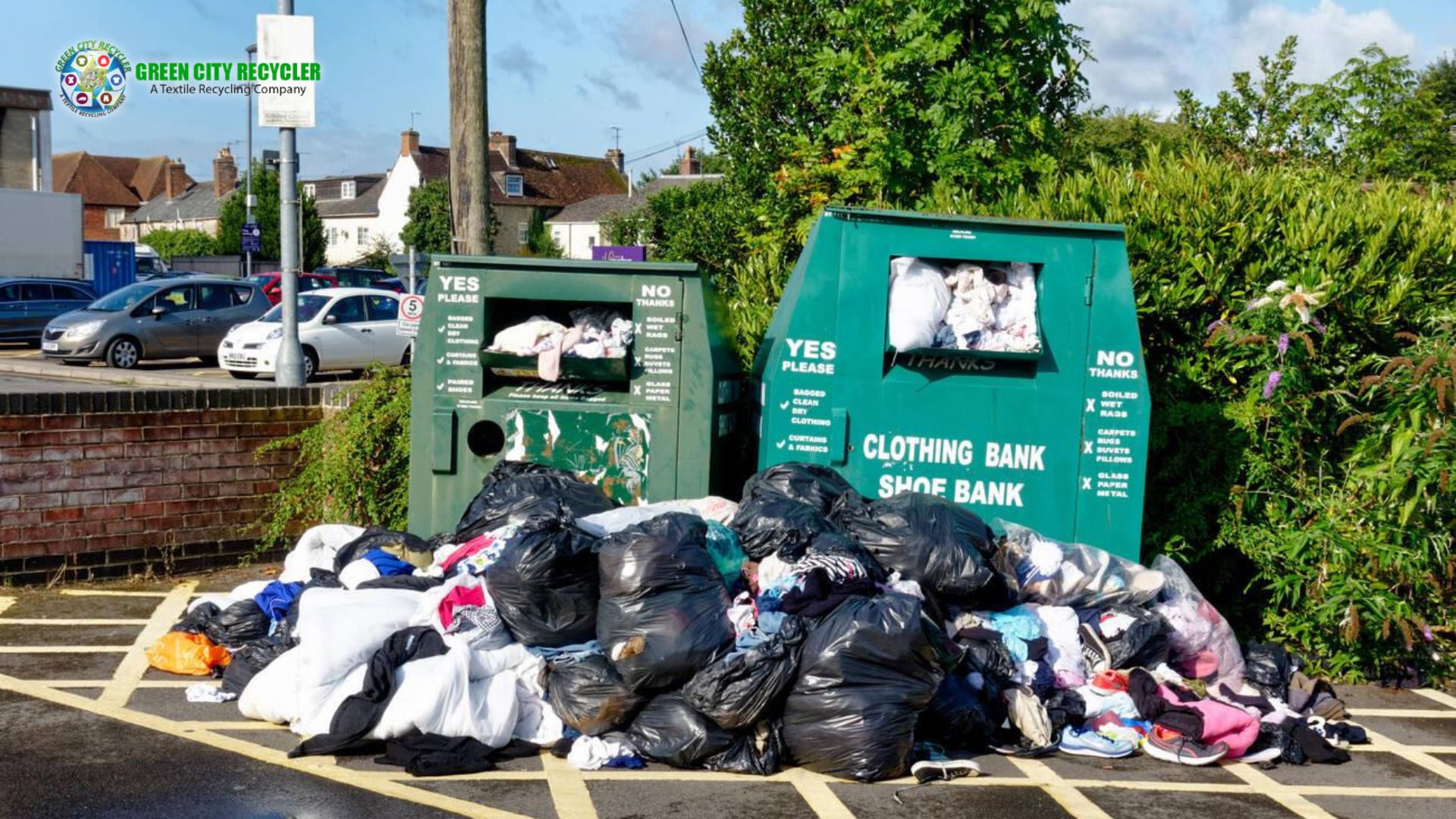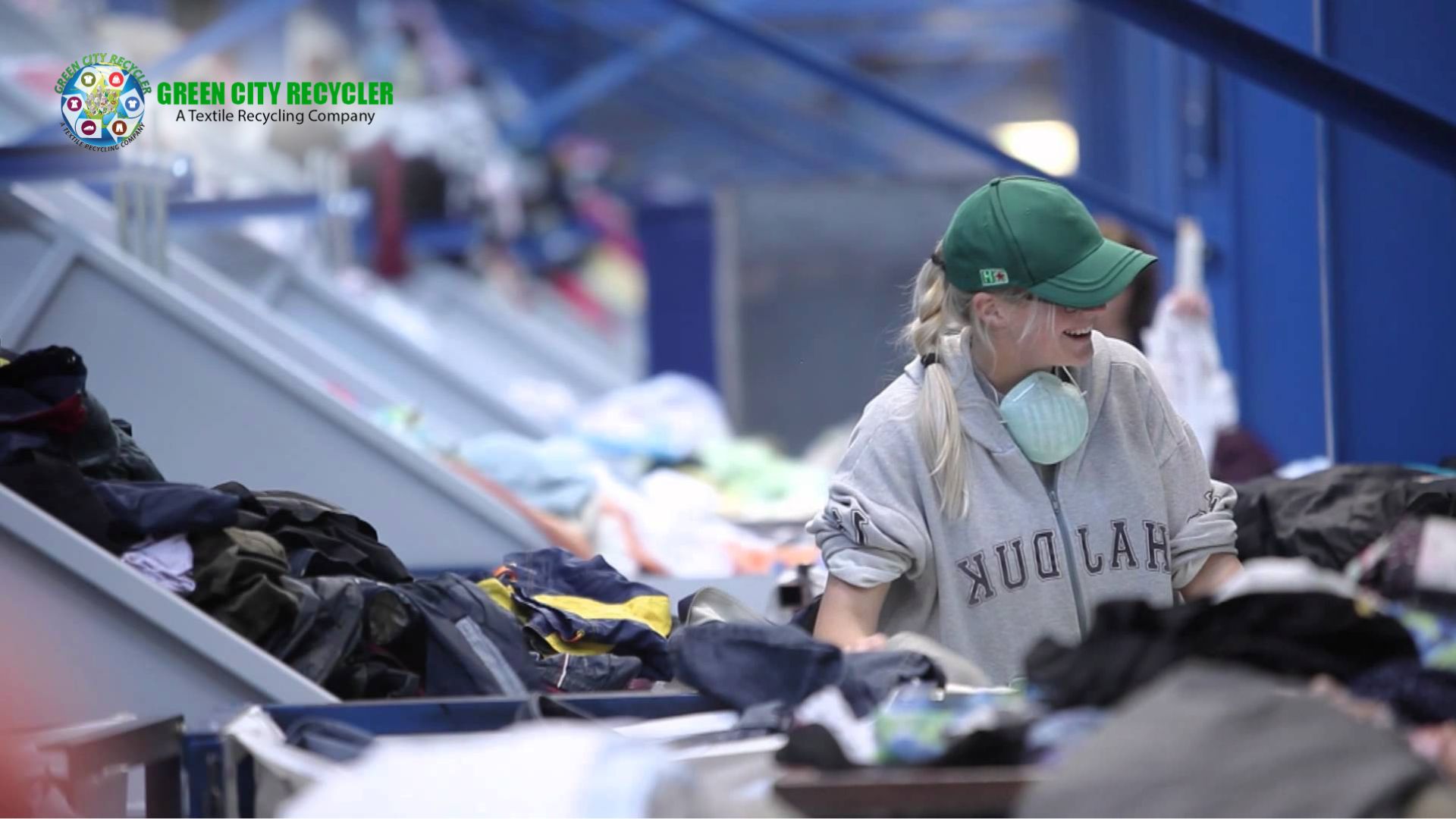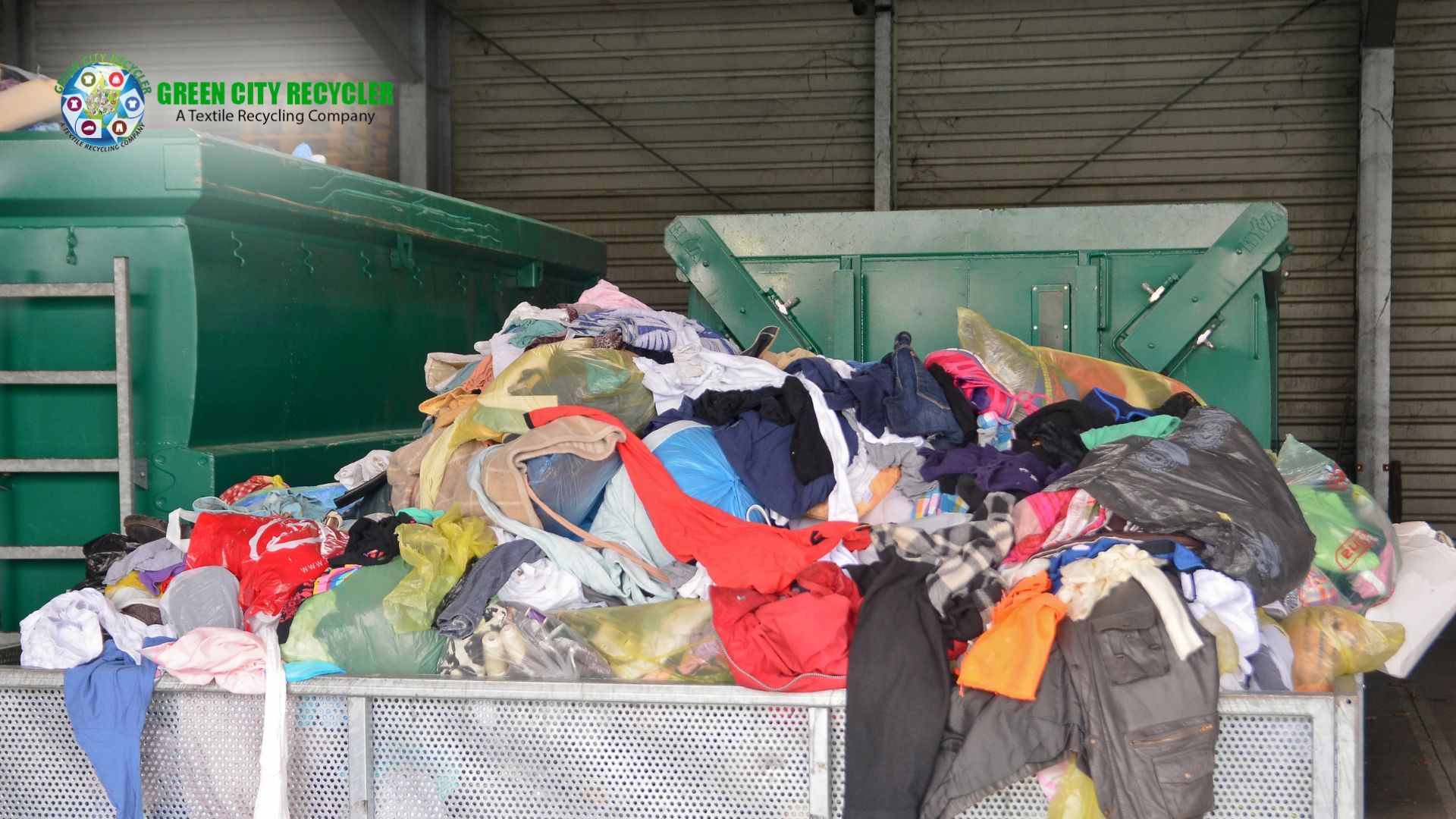Recycling clothing is an excellent method to help the environment, save money, and cut waste. Many of us have items in our wardrobes that we never wear, whether they don’t fit, are out of style, or no longer serve a purpose. However, Recycling provides ecologically friendly, artistic alternatives for disposal.
Let’s look at some easy methods of how do you recycle clothes.
1.Support Charities and donate
Donating clothing is one of the most straightforward approaches to recycling them. Therefore, many non-profit groups welcome gently worn clothes and forward them to needy people. Here’s how to approach it:
- Sort your clothing to make sure they are good and clean.
- Also, look for local nonprofits, secondhand businesses, or shelters open to contributions.
- Meanwhile, many organizations have drop-off locations, and some even provide pickup services for ease.
- This aids communities in need and helps cut trash.
2.Transform Old Clothing
One artistic approach on how do you recycle clothes and give a fresh life is repurposing. Here are some concepts:
- Cut old towels or T-shirts into rags to clean around the house.
- Create pillow covers, tote bags, or even quilts from cloth at home.
- Moreover, children’s crafts could be costumes or art projects using scraps.
- One enjoyable and rewarding hobby that also helps cut textile waste is recycling.
3.Swap or sell clothing
Consider selling or swapping clothing if you are in good shape but no longer fit your style.
- You can also use apps and websites like eBay, Vinted, or Poshmark to market apparel.
- Organize a swap party inviting neighbors or friends to trade clothing. It’s a terrific approach to updating your wardrobe without breaking the budget.
- However, these stores take a tiny portion of the profit and market your clothing for you.
- Selling or trading clothing increases their lifetime and helps others who might find great value in your used goods.
4.Sort Through Textile Banks for Recipes
Many cities have textile recycling programs whereby you may drop off unused clothing. Usually seen in parking lots or community centers, these include
- Most banks take clothing, shoes, and even home textiles like curtains and sheets.
- The goods are arranged, recycled, repurposed, or converted into industrial materials like insulation.
- Look up a textile bank close by on your local government website.
5.Take part in Store Recycling Initiatives
How do you recycle clothes? However, certain stores have recycling programs whereby you may bring in used clothing. Usually, these programs award you vouchers or discounts.
- Moreover, H&M welcomes any apparel brand and pays you a discount.
- Levi’s: provides a coupon for old jeans returned to their outlets.
- The North Face: Turns in used shoes and clothing for a discount.
- These programs help lower waste and guarantee responsible clothes recycling.
6.Repurpose Your Clothing
Although by turning used clothing into something completely different, upcycling moves repurposing to the next level. For instance:
- Cut and hem used jeans to create summer shorts from Turn Jeans.
- Update simple clothing with patches, beads, or needlework.
- From fabric leftovers, make headbands, scarves, or bracelets.
- Furthermore, reducing waste by upcycling lets you be creative.
7.Organic Fabric Compost
Natural fabrics, including cotton, wool, and silk, can be composted as long as they are free from synthetic blends and chemicals.
- However, it is cut into little pieces to expedite the breakdown of organic matter.
- Steer clear of synthetic materials; toss 100% natural fibers.
- Combining the fabric with yard waste and kitchen scraps will help with other compostables.
- Therefore, natural fabric composting helps to cut down textile waste headed for landfills.
8.Contributions to Animal Shelters
Animal shelters may require used blankets, towels, and clothing to keep their animals warm and comfortable.
- See what your neighborhood shelter takes to check needs.
- Get the things ready. Before donating, wash and fold the clothes or textiles.
- This is a fantastic approach to recycling used goods and saving animals.
9.Change or fix clothing
Also, think about fixing or changing clothes before you throw them away.
- Replace lost buttons to extend the life of a garment.
- Cover little tears or rips with patches.
- Change clothing to match your style or better suit you.
- Basic sewing techniques help to cut waste and save money.
10.Design a capsule wardrobe
Although if you are not directly recycling, building a capsule wardrobe helps stop future clothes waste. A capsule wardrobe is a modest selection of reasonably priced, adaptable clothes you love and wear frequently.
- Sort your closet by keeping only the things you need and love.
- Therefore, invest in quality rather than quick fashion by selecting classic, lasting pieces.
- Also, store off-season goods to help you keep your wardrobe under control
- A capsule wardrobe helps one to purchase deliberately and lessens the possibility of acquiring useless clothing.
Why would one recycle clothing?
How do you recycle clothes significantly contributes to making the earth safe and clutter-free.
- Reduces Landfill Waste: Textiles release dangerous gasses as they break down in landfills years later.
- However, recycling preserves raw resources, energy, and water required for new clothes.
- Fights Fast Fashion: It advances environmentally friendly clothes consumption.
- Therefore, you help to create a more sustainable future and a better earth by recycling clothing.
Final Thoughts
Clothes recycling isn’t too tricky. No matter how do you recycle clothes, every effort counts, whether you give, repurpose, sell, or upcycle. Start small, and you’ll be surprised at how simple and fulfilling it is to recycle your clothes. Furthermore, we can cut waste and save our earth for future generations.
Green City Recycler: An Ecofriendly Fix
Green City Recycler is a creative company dedicated to lowering textile waste via practical and eco-sustainable recycling solutions. They offer readily available collection containers so people and companies may recycle used clothing, shoes, and home textiles. Therefore, Green City Recycler gathers non-usable materials processed into industrial products and useable commodities supplied to needy communities. Working with Green City Recycler allows you to help create a cleaner, greener future while keeping textiles out of landfills.






